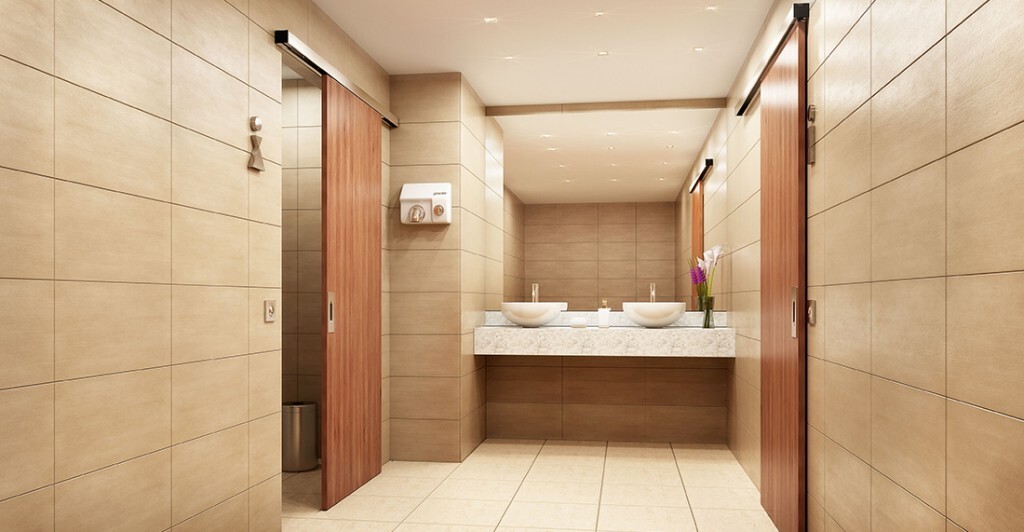You will need to make several decisions about the fixtures and finishes of your house, regardless of whether you are modernising the interior of your existing residence or are completing the specifications of your brand-new construction.
Your choice of wall colours or drawer handles may merely have cosmetic value; however, other aspects of your home’s interior, such as the doors, can considerably influence your budget and the whole atmosphere of the space.
When choosing between solid wood, solid-core, and hollow doors, you must consider all three options carefully to get the most out of your comfort and investment without going bankrupt.
Solid Wood Doors
Doors typically serve a functional purpose, but this does not imply that they cannot also have a pleasing appearance. If for no other reason, you may feel compelled to install solid wood doors throughout your home to provide a more luxurious appearance and atmosphere. Because solid wood doors are constructed entirely from genuine wood, may be adorned with architectural elements, and can be stained or painted to suit personal preference, they are an excellent option for use as the primary entry to a building. These doors are cumbersome and prohibitively costly. Solid wood is rarely used for internal doors inside homes since they are often reserved for the front door that leads into the house.
Solid Core Doors
These doors can be installed inside or outside of a building. They offer the advantages of door leaves made of solid wood without the astronomical price tag. These doors contain a core composed of synthetic wood and are not constructed entirely of wood.
Hollow Core Doors
When it comes to your finances, weighing the pros and drawbacks of solid doors vs hollow doors is a crucial issue, especially considering that the typical house has roughly 20 internal doors. In contrast to a solid wood door, made entirely of wood, a hollow-core door has honeycomb cardboard enclosed by a fibreboard or veneer. The construction of a hollow-core door is very distinct from that of a solid wood door. These doors are often utilised for internal spaces because of their low cost and lightweight design.
How About A Mix Of Two Door Leaves?
It is unnecessary to decide on installing solid wood, solid-core doors or hollow doors across your entire home on an “all or nothing” basis. Think about finding a happy medium by using a combination of these three kinds of doors: solid wood doors are an excellent choice for your primary entrance; solid-core doors are wonderful in areas where noise may be a problem, such as bedrooms, bathrooms, home offices, or studies; and hollow-core doors are ideal for closet and pantry doors because these kinds of doors do not need to be insulated or soundproofed.
The Judgment
The choice of which interior door to purchase should always be made after thoroughly examining the associated costs and advantages. Solid core doors have a greater perceived value, are made of a material that is of a higher grade and is more durable, and are significantly better at insulating against sound and heat. Hollow core doors, on the other hand, are less costly, lighter, and easier to instal.
Selecting the kind of internal door to instal doesn’t have to be an all-or-nothing decision. Consider installing hollow core doors in closets and pantry doors, which require little insulation or soundproofing, while installing solid core doors in areas such as bedrooms, bathrooms, or home offices, where sound may be an issue. Mixing up the types of doors you have could be beneficial.


